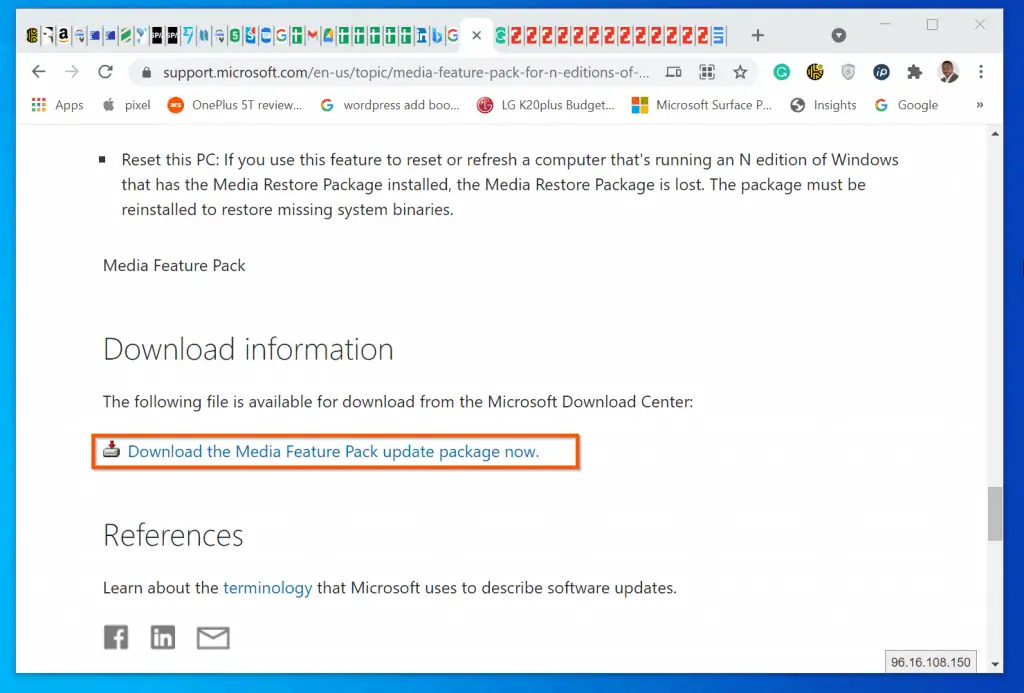Unlocking Insights - The Power of Contextualized Telemetry in OpenTelemetry

As the complexity of modern systems continues to grow, the need for effective monitoring and observability becomes increasingly critical. Telemetry data, which provides insights into system performance and behavior, is a crucial component of this process. However, without context, telemetry data is simply a collection of numbers and metrics, devoid of meaning or value. In this article, we will explore the importance of contextualizing telemetry data within OpenTelemetry, a popular open-source observability framework.
Understanding Telemetry Context
Telemetry context refers to the additional information that provides meaning and relevance to telemetry data. This includes details about the system, component, or process generating the data, as well as the environment and conditions under which it was collected. Without this context, it is challenging to understand the significance of telemetry data, making it difficult to identify trends, detect anomalies, and troubleshoot issues.
The Role of Resources in OpenTelemetry
In OpenTelemetry, resources play a vital role in providing context to telemetry data. A resource represents the entity generating telemetry data, such as a process, container, or Kubernetes pod. Resources are defined by attributes, which are key-value pairs that describe the system being monitored. These attributes enable adopters to describe their systems in a way that is understandable by other information systems.
Semantic Conventions for Resource Attributes
OpenTelemetry defines a comprehensive set of semantic conventions for resource attributes, ensuring consistency and standardization across different systems and environments. These conventions enable adopters to describe their systems using a common language, facilitating collaboration, integration, and analysis. The semantic conventions cover a wide range of attributes, including:
- Host attributes (e.g., hostname, IP address)
- Process attributes (e.g., process ID, executable name)
- Container attributes (e.g., container ID, image name)
- Kubernetes attributes (e.g., pod name, namespace)
Benefits of Contextualized Telemetry
Contextualizing telemetry data within OpenTelemetry provides numerous benefits, including:
- Improved observability: By understanding the system and environment generating telemetry data, adopters can gain a deeper understanding of system behavior and performance.
- Enhanced analytics: Contextualized telemetry data enables more accurate and meaningful analysis, allowing adopters to identify trends, detect anomalies, and troubleshoot issues more effectively.
- Increased collaboration: Standardized resource attributes and semantic conventions facilitate collaboration and integration across different teams and systems.
Best Practices for Implementing Contextualized Telemetry
To maximize the benefits of contextualized telemetry, adopters should follow best practices, including:
- Adopting OpenTelemetry's semantic conventions for resource attributes
- Defining resources and attributes consistently across systems and environments
- Using attributes to filter and analyze telemetry data
Conclusion: Unlocking Insights with Contextualized Telemetry
In conclusion, contextualizing telemetry data within OpenTelemetry is crucial for unlocking insights into system performance and behavior. By providing meaning and relevance to telemetry data, adopters can improve observability, enhance analytics, and increase collaboration. As the complexity of modern systems continues to grow, the importance of contextualized telemetry will only continue to increase.
















Comments ()